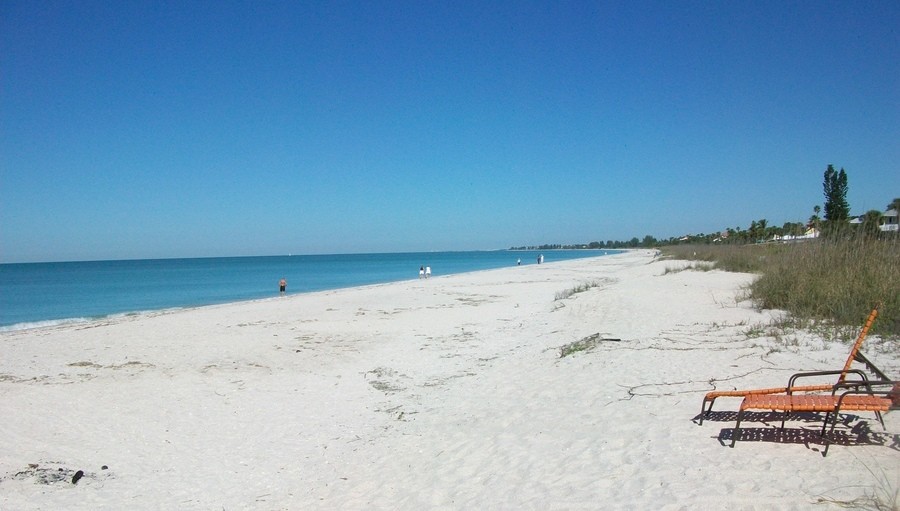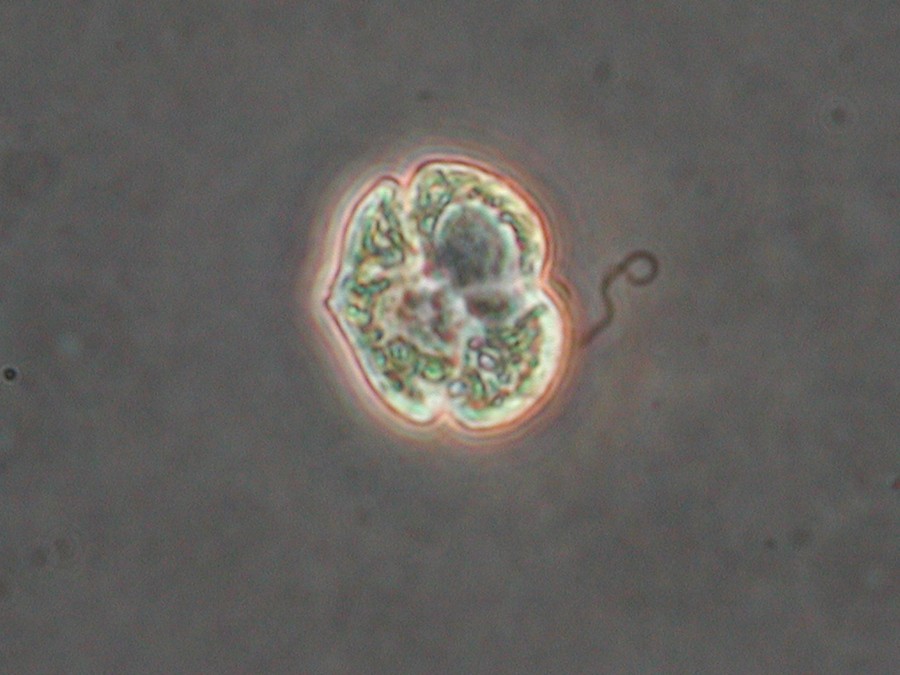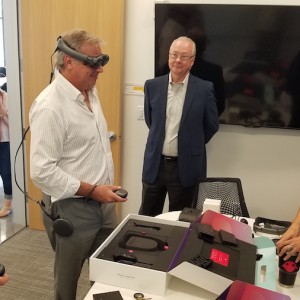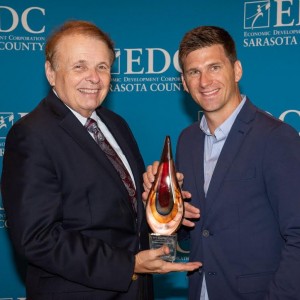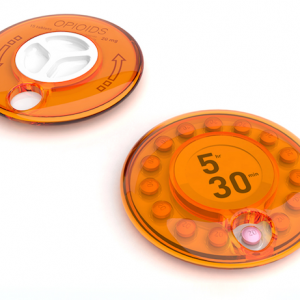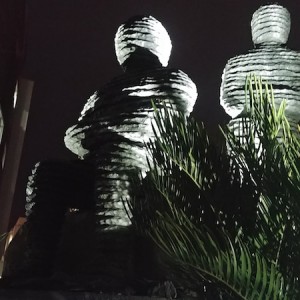Mote Marine Laboratory Announces Red Tide Institute
Todays News
SRQ DAILY WEDNESDAY PHILANTHROPY EDITION
WEDNESDAY OCT 24, 2018 |
BY PHILIP LEDERER
Pictured: Karenia brevis cell, the algae underlying red tide. Photo by Mote Marine Laboratory.
With the community still grappling with the lingering effects of red tide, Mote Marine Laboratory has announced the creation of the Red Tide Institute. Funded for this inaugural year by a $1 million philanthropic investment from The Andrew and Judith Economos Charitable Foundation, the Red Tide Institute will constitute a more focused initiative into studying the algal phenomenon and pursuing new technology to combat its effects. “[This] is a major game-changer,” says Mote President & CEO Dr. Michael Crosby, “for Mote and, quite frankly, for southwest Florida and every Gulf community that wants to do something about the impact of red tide.”
Mote Marine has been studying red tide for decades, says Crosby, and that will form the “foundation” of this new institute, rather than anything brick and mortar. There’s no need to build a new facility, he says, simply direct and focus the scientific and intellectual resources at hand. “We already have a great team of experts in different facets of red tide research,” Crosby notes, and together with partners in other institutions and support from the community, Mote has “a lot of capability.”
Some funds will be dedicated to updating and expanding instrumentation and existing technology, but the majority of the funds will be used to expand the scientific team and pursue new modalities. And Crosby expects an additional hire of “at least one senior, world-class expert in dealing with red tide.”
But even with this exciting beginning and philanthropic boost from the starting line, Crosby warns that this will be a multi-year effort to understand red tide and create new methods of dealing with it. “There is no silver bullet for this,” he says, “but this first year of funding will result in some real advances.
Importantly, Mote will not be looking to eliminate red tide, which is a naturally occurring phenomenon built of naturally occurring living organisms. “The idea is to develop multiple technologies that can be applied to significantly decrease the impact of red tide when it does occur,” Crosby says.
Pictured: Karenia brevis cell, the algae underlying red tide. Photo by Mote Marine Laboratory.
« View The Wednesday Oct 24, 2018 SRQ Daily Edition
« Back To SRQ Daily Archive





